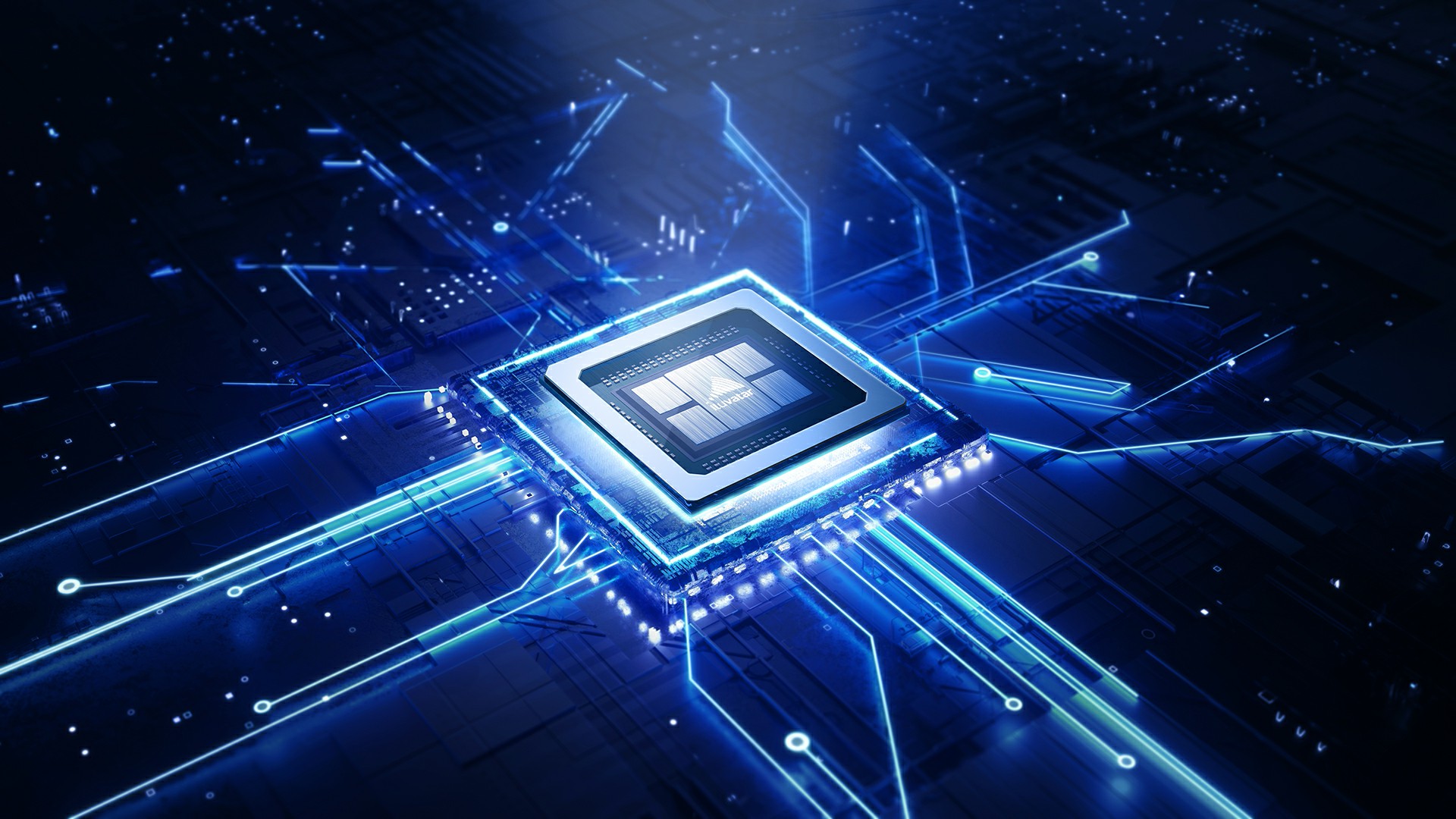Global IT supply chain
International transportation + IT O&M outsourcing + self-owned backbone network
As a core computing hardware component, the performance of GPUs (Graphics Processing Units) directly impacts the training process of large models. High-performance GPUs, with faster computation speeds and larger memory capacities, can enhance model training efficiency and thereby shorten the overall cycle of deep learning projects. This article discusses how these factors of GPU performance specifically influence the training speed of large models.

The primary advantage of GPUs lies in their robust parallel processing capabilities, which allow them to execute tens of thousands of computational tasks simultaneously. In large model training, massive matrix multiplications and vector operations form the core of the training process, and the parallel processing nature of GPUs enables these operations to run efficiently. A key metric for measuring GPU computational power is TFLOPS (trillions of floating-point operations per second)—a higher TFLOPS value means the GPU can complete more calculations per unit time, directly accelerating model training speed.
Factors influencing GPU computational power include:
• Core Count: Take NVIDIA GPUs as an example; a higher number of CUDA cores translates to stronger parallel processing capabilities and the ability to handle more computational tasks concurrently.
• Clock Speed: A higher operating frequency of the cores leads to faster data processing and correspondingly improved computational performance.
• Tensor Core: Many modern GPUs are equipped with Tensor Cores designed specifically for deep learning, which optimize half-precision and mixed-precision operations to further accelerate specific types of computations.
Training large models requires processing and storing massive datasets, model weights, and intermediate states, placing high demands on GPU memory. The memory capacity of a GPU determines how much data can be loaded onto the device. Insufficient memory may force researchers to simplify the model architecture or use smaller batch sizes, which not only impacts model performance but may also reduce training accuracy.
Meanwhile, memory bandwidth—the speed at which data transfers between GPU memory and computational cores—directly affects training speed. High bandwidth reduces data transfer time, allowing computational cores to access new data faster for processing and improving overall training efficiency. Factors affecting memory performance include:
• Memory Type: Newer memory types like GDDR6X offer higher transmission rates compared to GDDR5, enhancing data transfer efficiency.
• Bandwidth Width: A wider memory interface bitwidth allows more data to be transferred per unit time, increasing data transfer efficiency.
In distributed training scenarios or when CPUs and GPUs work together, the speed of data transfer from main storage (such as hard drives or CPU memory) to the GPU becomes a critical factor influencing training speed. PCIe (Peripheral Component Interconnect Express), a common interface connecting CPUs and GPUs, has versions and lane counts that directly determine data transfer speed.
• PCIe Version: Newer PCIe versions (e.g., PCIe 4.0) provide higher data transfer speeds and lower latency compared to older versions (e.g., PCIe 3.0).
• Lane Count: More PCIe lanes offer wider data transfer bandwidth, further improving data transfer efficiency.
Choose GPUs Strategically: Select GPUs with high computational power, large memory capacity, and high memory bandwidth based on the model’s scale and computational requirements to meet the hardware needs of large model training.
Optimize Models and Code: Actively adopt mixed-precision training techniques, optimize algorithms, and write efficient code to fully leverage GPU performance advantages and boost training efficiency.
Upgrade Hardware Configuration: Ensure the use of high-speed data interfaces and adequate PCIe lanes to reduce bottlenecks in data transfer and ensure smooth data flow.
Monitor and Adjust in Real Time: Regularly monitor GPU usage and performance metrics, and make timely adjustments based on actual conditions to maintain optimal training efficiency throughout the process.
Ogcloud, a professional AI computing power platform, specializes in providing GPU cloud hosts and server rental services, covering multiple computing power rental fields such as AI deep learning, high-performance computing, rendering and mapping, and cloud gaming. We offer users efficient and stable computing power support. For inquiries, feel free to contact us!

International transportation + IT O&M outsourcing + self-owned backbone network

Cellular chips + overseas GPS + global acceleration network

Overseas server room nodes + dedicated lines + global acceleration network

Global acceleration network + self-developed patented technology + easy linking

Global Acceleration Network + Global Multi-Node + Cloud Network Integration


